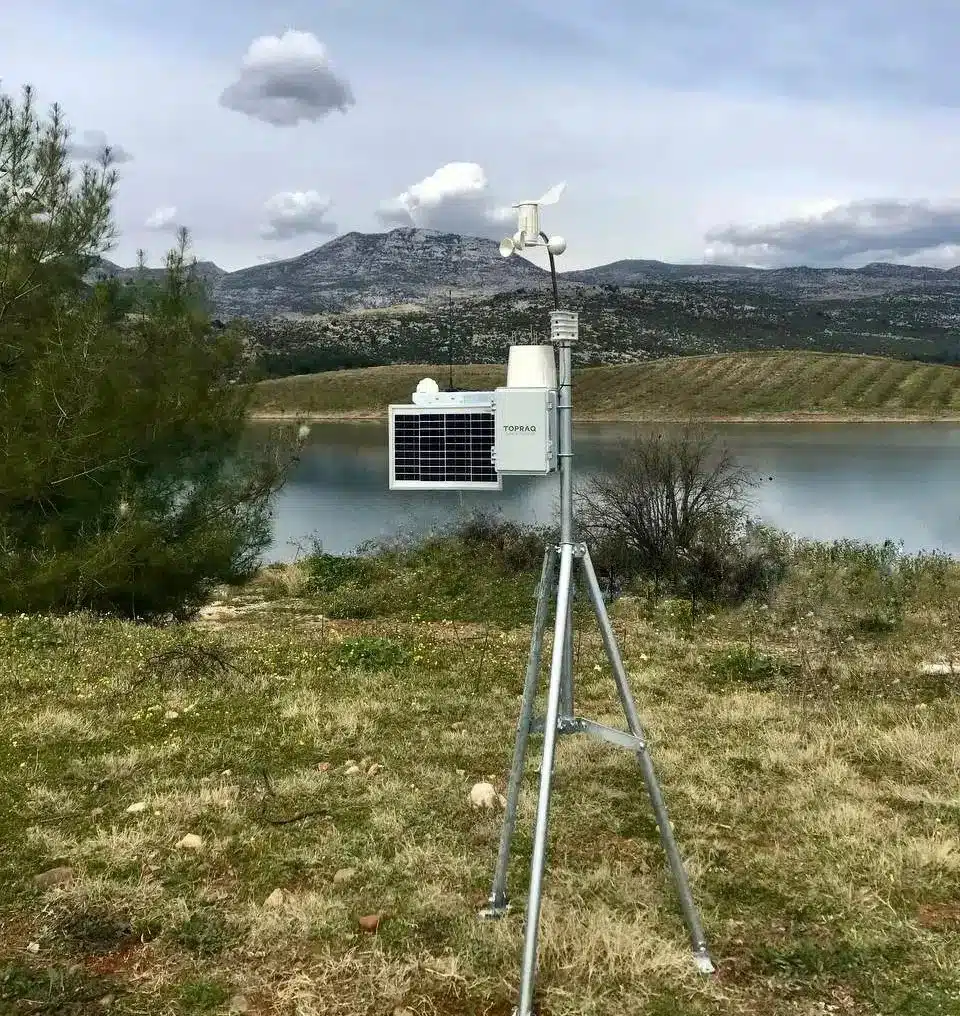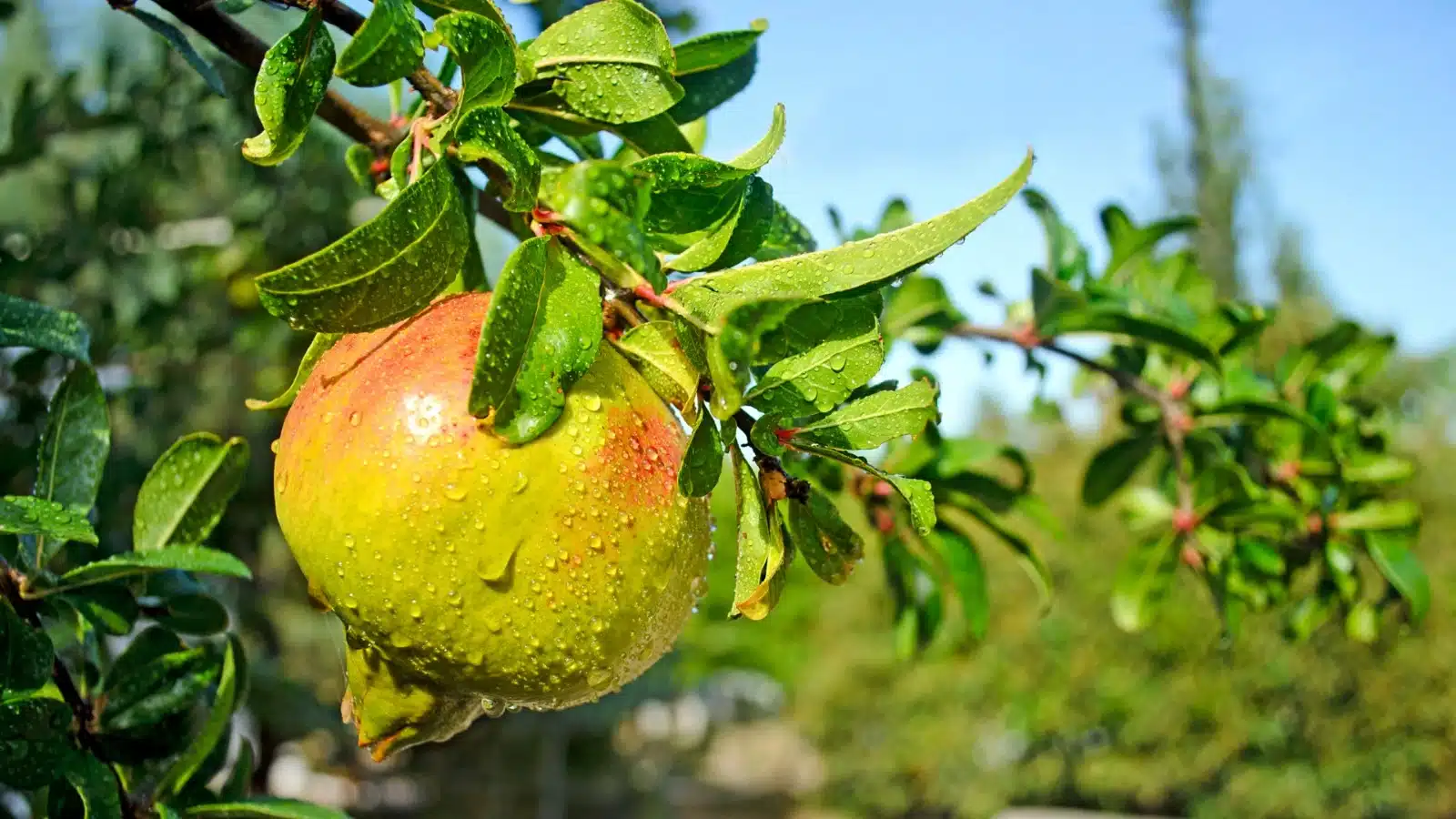Digital agriculture means the use of technology in agriculture. These technologies help agricultural enterprises to be more efficient, sustainable, and profitable. Agricultural meteorological stations, smart sensors, drones, and autonomous machines are among the digital agriculture applications.
The agricultural industry is becoming more efficient and sustainable with the help of technology. Therefore, agricultural meteorological stations and digital agriculture applications, which are extremely important for agricultural enterprises and farmers, continue to be developed.
What is an Agricultural Meteorological Station?
An agricultural meteorological station is a technology that measures weather conditions and shares with farmers to support their agricultural decisions. These stations are designed to help farmers to produce their crops under the most optimum conditions.
Agricultural meteorological stations measure the meteorological data that farmers need. Temperature, humidity, wind speed, solar radiation, precipitation, and other weather conditions are among these data. Agricultural meteorological stations record these data by monitoring the weather conditions in a particular region and regularly share this information with farmers. By tracking the weather conditions, farmers can take the necessary actions such as irrigating, fertilizing, protecting their crops from diseases and pests, and optimizing their farming activities. Thus, farmers can optimize their agricultural activities and improve the growing conditions of their crops.
These stations can also measure the impact of factors such as climate change and help farmers to plan their future agricultural activities.
Which Data is Measured in an Agricultural Station?
Agro stations used in modern agricultural technologies are equipped with various sensors and devices used in farms.
These data help farmers plan their soil cultivation, irrigation, fertilization, harvesting, and other operations. Additionally, monitoring and analysis of this data also help farmers to increase their harvest efficiency and yield.
What are the Benefits of Digital Agro Stations?
- These stations enable farmers to observe weather conditions, and help them to work more efficiently with the data they obtain, thus to reduce operating costs and to aid more profitable farm management.
- By providing accurate data for sustainable agriculture, it helps farmers to reduce the environmental impacts and make their farming operations more sustainable.
- It helps farmers to make fast and accurate decisions so they can manage their operations easier and increase their efficiency.

Agricultural meteorological stations and digital agriculture technologies have great potential in the industry. As Topraq Agro Technologies, we have developed and produced the T-Weather Agro Station to help our farmers to increase their productivity, reduce their costs, and provide more sustainable management of their agricultural operations.
What is T-Weather Agro Station?
T-Weather is a smart weather station where you can remotely access your local weather data in real time. It allows you to receive field-specific data through its weather, rainfall, moisture, leaf wetness & temperature, solar radiation, and wind speed & direction sensors.
At the same time, it is a smart assistant that can calculate Chilling Hours, Degree Day and Growing Degree Day.
Benefits of T-Weather Agro Station are:
- Easy access to meteorological data in their garden,
- Operation management with accurate data,
- Reduced input costs and increased profitability,
- Creation of ideal growth conditions for their crops and improving their quality and yield,
- Predetermination of diseases with data analysis.
Analysis and interpretation of these data are critical to optimize crop yield and save input costs.
Would you also like to read our blog post about “What is Irrigation Optimization?” and check out our Field Implementations page to see examples of smart agricultural applications.

